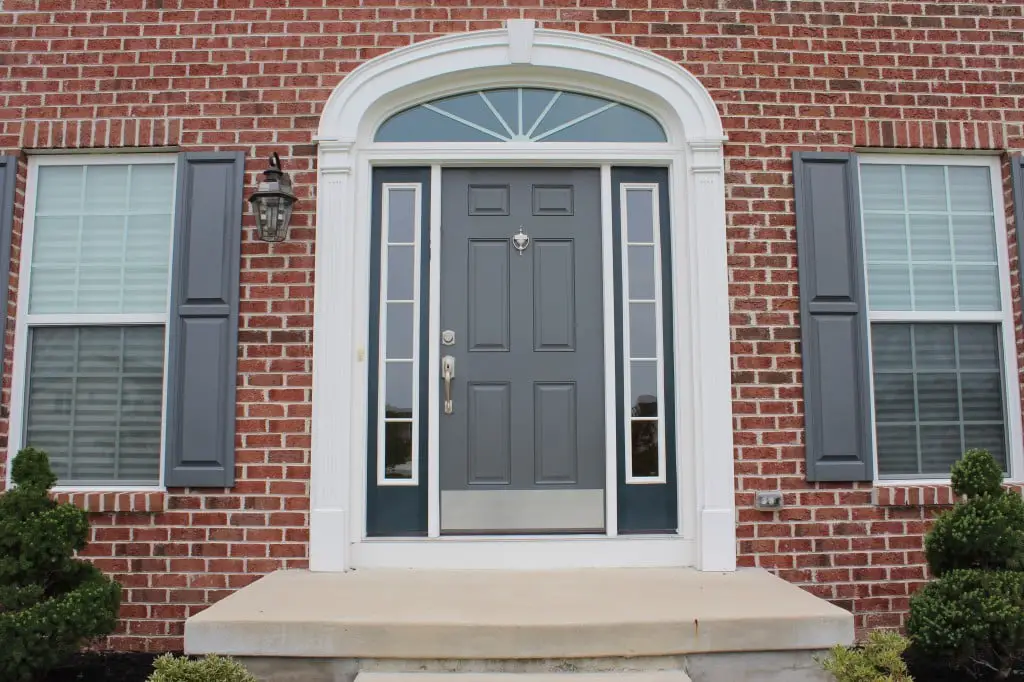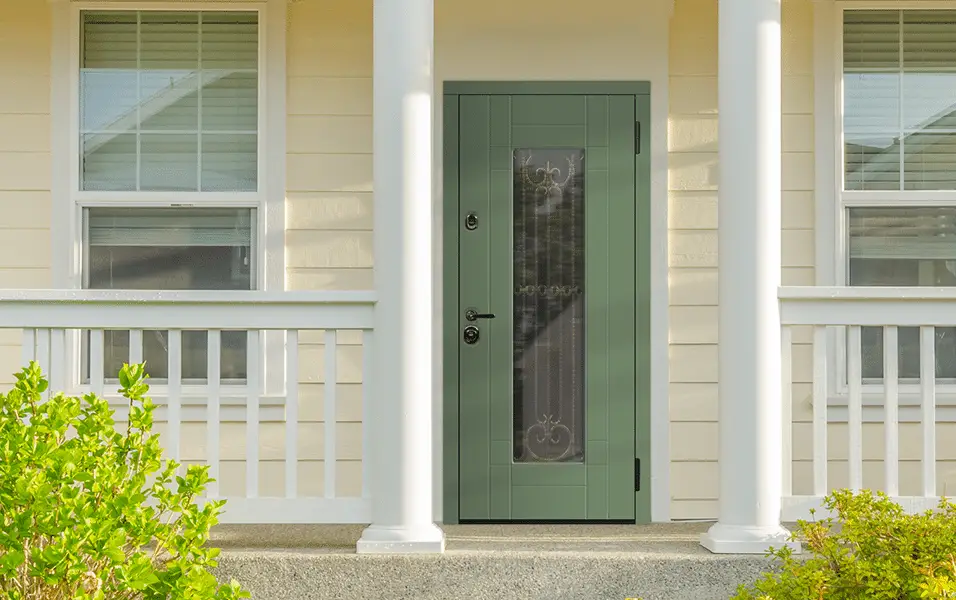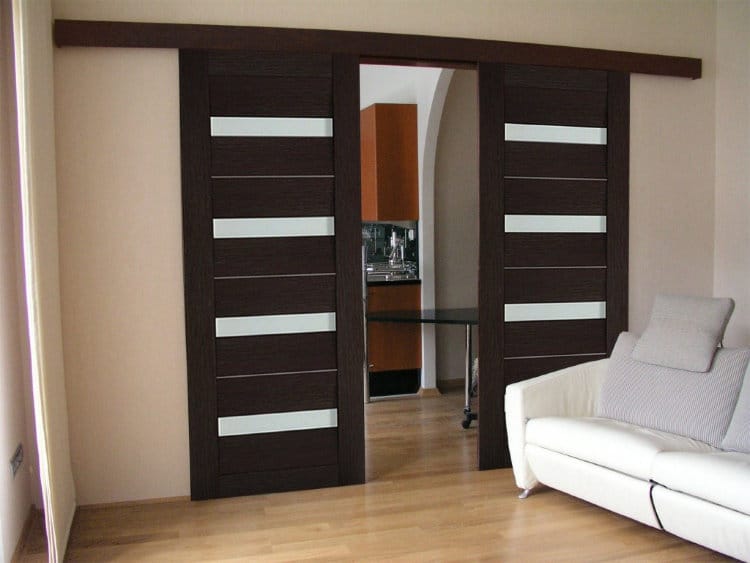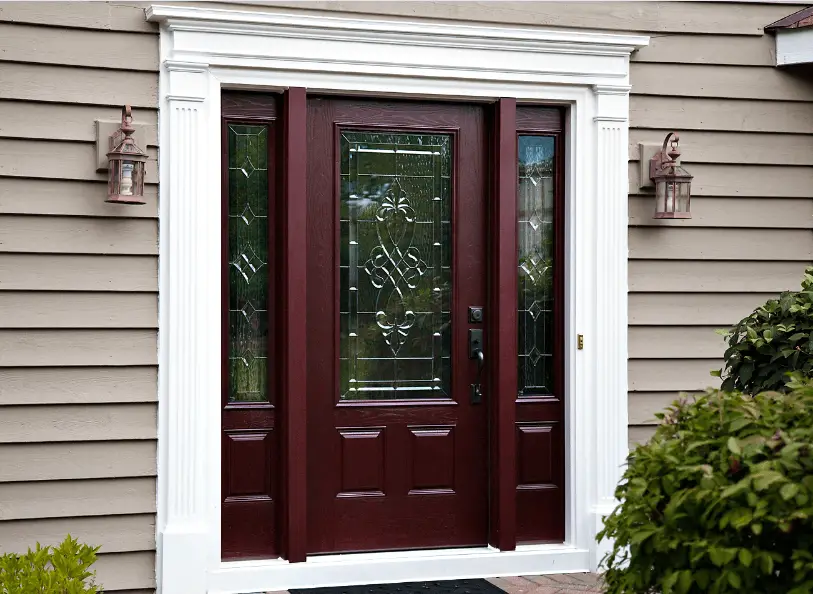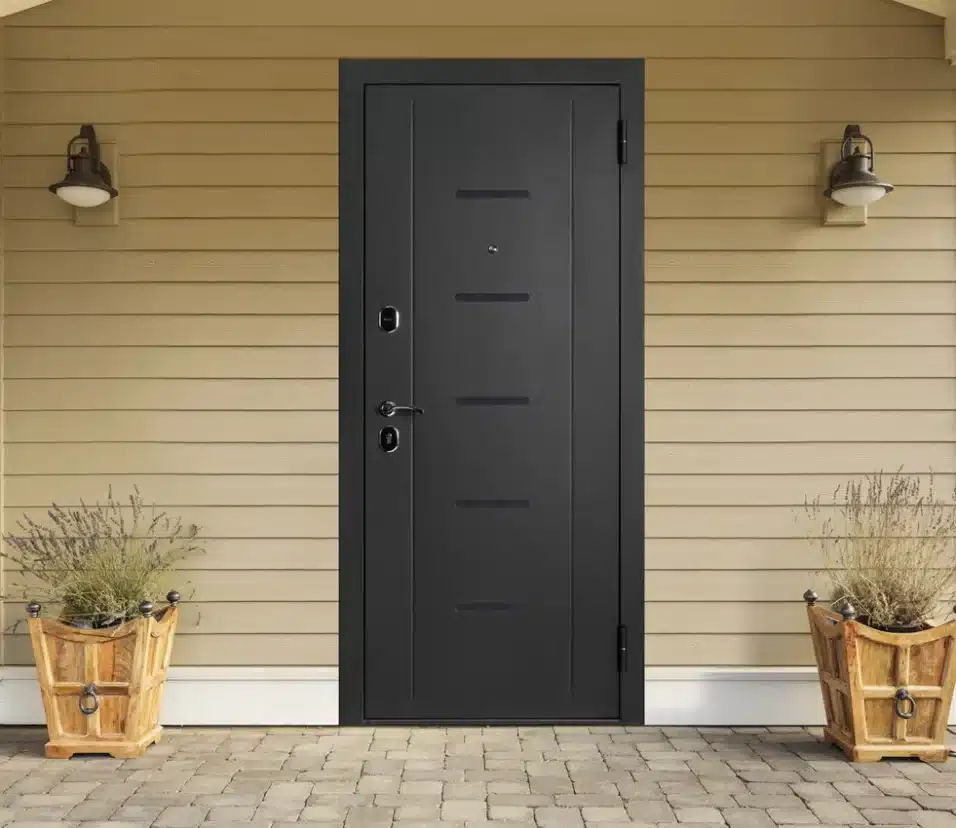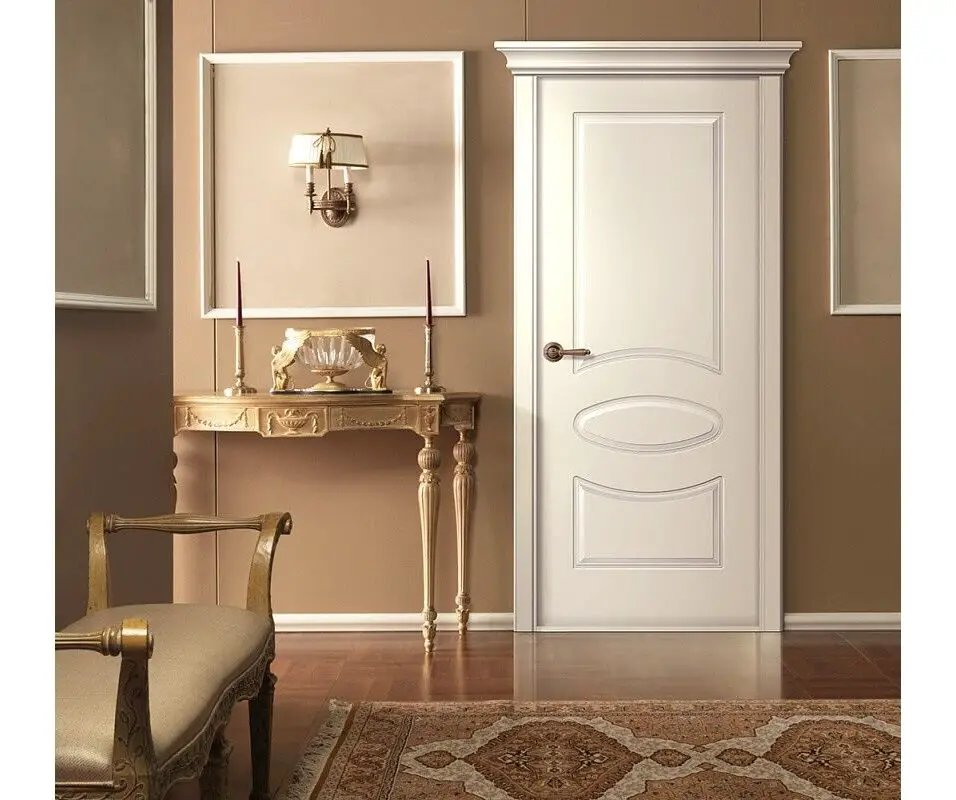What Is Brick Mold On An Exterior Door
Introduction
What Is Brick Mold On An Exterior Door: Whether you’re a homeowner or a DIY enthusiast, understanding what brick mold is and its significance can be invaluable. In this comprehensive guide, we will delve into the world of brick mold on exterior doors, unraveling its purpose, types, installation, and maintenance.
As the first line of defense against the elements, brick mold not only provides an attractive frame for your door but also serves as a protective barrier. It shields the door’s edges and the surrounding structure from moisture, drafts, and insects, contributing to energy efficiency and security. Beyond its practicality, brick mold also adds character and style to your home’s exterior, enhancing its curb appeal.
Whether you’re renovating an existing door or installing a new one, understanding the nuances of brick mold is vital. We’ll explore the different styles and materials available, along with step-by-step instructions for installation and maintenance tips to ensure your exterior door remains both functional and aesthetically pleasing. So, let’s embark on this journey to demystify the world of brick mold and empower you with the knowledge to make informed decisions about your exterior doors.
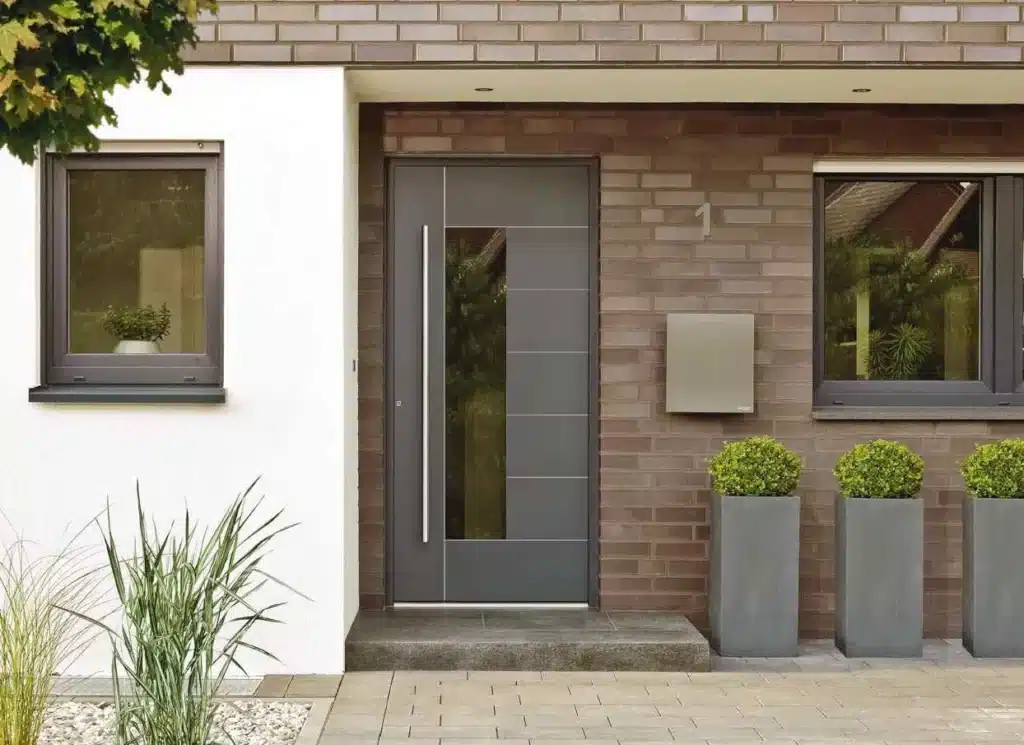
What is difference between door with or without Brickmold?
Brickmold protects your doorframe, by keeping the plaster around the door from chipping and reinforcing the strength of the frame. This will help your door to stand up to the effects of the weather. It even helps to prevent the frame from rotting. All of this combined can help lengthen the life of your door.
The primary difference between a door with and without brick mold lies in its structural and aesthetic characteristics.
This brick mold, a trim that surrounds the door, creates a seamless transition between the door and the exterior wall. It serves as a protective barrier against the elements, helping to keep moisture, drafts, and insects out. This design also enhances the door’s energy efficiency by preventing heat or cold from escaping or entering your home, which is particularly important for exterior doors.
In contrast, a door without brick mold lacks this exterior trim. Without brick mold, there’s a gap between the door frame and the exterior siding, potentially allowing moisture and drafts to penetrate, which can lead to various issues over time.
Ultimately, the choice between a door with or without brick mold depends on your specific needs, the location of the door, and your aesthetic preferences.
What is brick mold in construction?
What is Brickmold?
In construction, brick mold refers to a particular type of trim or molding used to surround exterior doors and windows. It serves several essential functions in the construction of a building.
First and foremost, brick mold provides a protective barrier between the exterior siding (often bricks) and the door or window frame. It helps to seal the gap between the frame and the siding, preventing moisture, drafts, and insects from infiltrating the interior of the building. This is crucial for maintaining the structural integrity of the door or window and for preventing damage due to water infiltration.
Additionally, brick mold contributes to the aesthetic appeal of a building’s exterior. It frames the door or window, creating a clean and finished look. It also allows for variations in architectural design by providing a transition between different materials and textures.
Its design and installation are critical for ensuring the longevity and performance of exterior doors and windows.
Why is it called brick mold?
Brickmold is made with various materials. It received its name because when brick was the most common home exterior, it abutted brick. Today, brickmold is made with vinyl, wood, metal, or composite materials (PVC). Brickmold installation is easy and often doesn’t require professional help.
Brick mold is called so because of its common usage in buildings with brick exteriors. It was originally designed to provide a neat and functional transition between the door or window frame and the brickwork. The term “brick mold” reflects its primary purpose, which is to mold or shape the interface between the brick wall and the door or window frame.
Is Brickmold necessary?
Brickmould plays a critical role in protecting your windows and doors from the elements. It helps to prevent water and moisture from seeping into the frame, which can lead to rot, mold, and other damage. It is often installed and integrated with the window during manufacturing.
Brick mold is necessary for exterior doors, especially in situations where the door is exposed to the outside elements. Here’s why it’s essential:
Weather Protection: Brick mold acts as a weatherproofing barrier. It seals the gap between the door frame and the exterior siding, preventing rain, snow, wind, and moisture from infiltrating your home. Without brick mold, your door would be vulnerable to water damage, which can lead to structural problems, rot, and mold growth.
Energy Efficiency: A door with brick mold enhances energy efficiency. It helps maintain a proper seal around the door, preventing drafts and temperature transfer. This means your heating and cooling systems won’t have to work as hard to maintain a comfortable indoor environment, potentially saving you on energy bills.
Aesthetic Appeal: Brick mold contributes to the visual appeal of your home’s exterior. It provides a finished, polished look by framing the door and creating a seamless transition between the door and the exterior siding. This enhances your home’s curb appeal.
Protection from Pests: The seal created by brick mold also keeps insects and pests from entering your home through gaps around the door frame. It acts as a barrier against unwanted intruders.
In summary, while brick mold might not be strictly necessary for interior doors, it is highly recommended for exterior doors to ensure protection, energy efficiency, and aesthetics. It plays a crucial role in preserving the integrity and longevity of your exterior doors and the overall comfort of your home.
Can you paint brick molding?
Yes, you can paint brick molding. In fact, painting brick molding is a common practice to enhance its appearance and protect it from the elements. Here’s how you can do it:
Preparation: Start by preparing the surface. Clean the brick molding thoroughly to remove dirt, dust, and any loose paint. If there is existing paint that’s chipping or peeling, scrape it off and sand the surface lightly to create a smooth, even base for the new paint.
Priming: Apply a coat of primer to the brick molding. Primer helps the paint adhere better and provides a consistent base color. Choose a primer suitable for the material of your brick molding, whether it’s wood, vinyl, or another material.
Painting: Once the primer is dry, you can proceed to paint the brick molding. Use exterior-grade paint, as it is designed to withstand outdoor conditions. Apply the paint evenly, using a brush or a roller, and allow it to dry completely between coats. Multiple thin coats are better than one thick coat for a smooth, durable finish.
Maintenance: Regular maintenance is essential to keep your painted brick molding looking fresh. Depending on your climate and the quality of the paint, you may need to repaint every few years.
Can brick mold be removed?
Let the vinegar sit for about 5 minutes then scrub it off using a stiff-bristled brush. Then rinse the vinegar with hot water and spray the area again. This time, you don’t need to rinse away the vinegar; leave it to let it penetrate the brick and kill the mold that’s on the interior.
Yes, brick mold can be removed, but it should be done carefully, and it may not always be a straightforward process. Here’s how you can go about it:
Tools: You will need tools such as a pry bar, hammer, utility knife, and a saw. Safety gear, including gloves and goggles, is essential.
Step-by-Step Removal:
- Start by carefully cutting any caulk or paint sealing the brick mold to the wall and door frame using a utility knife. This will make it easier to remove.
- Use a pry bar and a hammer to gently start separating the brick mold from the wall. Insert the pry bar between the brick mold and the wall, then apply pressure to gradually loosen it. Be cautious not to damage the door frame or the wall in the process.
- If the brick mold is nailed in place, you may need to carefully remove the nails using the pry bar or a nail puller.
- Once the brick mold is free from the wall and frame, it can be removed completely.
How do you know if brick has mold?
The first sign of its growth is a persistent musty smell. The walls may also feel wet and soft to a touch. Stains are likely to be seen in its area of growth as well. After identifying the source of moisture and making the necessary changes, the mould will seem to disappear.
Detecting mold on brick surfaces can be tricky because mold often appears as dark or discolored spots, which can blend in with the natural color variations of brick. Here are some signs that may indicate mold on brick:
Visible Mold Growth: The most obvious sign is the presence of visible mold growth. Mold can appear as black, green, brown, or other discolorations on the brick surface. It often has a fuzzy or slimy texture.
Musty Odor: Mold can emit a musty, earthy odor. If you notice an unpleasant smell in the vicinity of your brick surfaces, it could be a sign of mold.
Dark Stains: Mold can leave dark, streaky stains on brick, particularly in areas where moisture is prevalent. These stains may appear as irregular patterns on the surface.
Dampness or Water Damage: Mold thrives in damp environments. If your brick is constantly exposed to moisture due to water leaks, high humidity, or poor drainage, it’s more susceptible to mold growth.
Allergic Reactions: Prolonged exposure to mold can cause allergic reactions in some individuals. If people in your household experience unexplained allergic symptoms, it might be worth investigating for mold.
If you suspect mold on your brick, it’s advisable to consult a professional mold remediation expert. They can conduct a thorough inspection, perform testing if necessary, and recommend appropriate measures for removal and prevention.
How do you install an exterior door without brick molding?
- Exterior Door Video. No Pre-Applied Molding.
- ATTACH.
- Cut the Bracket.
- Attach a bracket to the door jamb/frame.
- Start by making a mark roughly 1/2″ in from the rough door opening.
- Caulk all around the door with sealing caulk.
- Check door operation.
- Finish installing a door by covering the tabs with trim.
Installing an exterior door without brick molding is possible, but it requires a different approach and additional materials to create a weatherproof seal. Here’s a general outline of the process:
Materials Needed:
- Exterior door without brick molding
- Exterior-grade trim boards (e.g., PVC or treated wood)
- Caulk
- Flashing tape
- Screws or nails
- Shims
- Insulation foam
- Exterior-grade paint
Installation Steps:
- Prepare the Opening: Remove the old door and any existing brick molding. Ensure the opening is clean and level.
- Install Trim Boards: Attach exterior-grade trim boards around the perimeter of the door opening. These boards will serve as the replacement for brick molding. Secure them to the wall framing using screws or nails.
- Apply Flashing Tape: Apply self-adhesive flashing tape over the top and sides of the trim boards. This tape acts as a moisture barrier, preventing water infiltration.
- Install the Door: Set the new exterior door into the opening and shim it to ensure it’s level, plumb, and square. Secure it to the framing with screws.
- Seal Gaps: Use insulation foam to fill any gaps between the door frame and the trim boards. This helps with insulation and drafts.
- Caulk Seams: Apply a generous bead of exterior-grade caulk along the seams between the door frame and the trim boards. This seals the door and prevents moisture penetration.
- Finish and Paint: Once the caulk is dry, paint the exterior trim boards to match your desired aesthetic. Ensure you use exterior-grade paint for durability.
- Install Door Hardware: Finally, install your chosen door hardware (handles, locks, etc.) according to the manufacturer’s instructions.
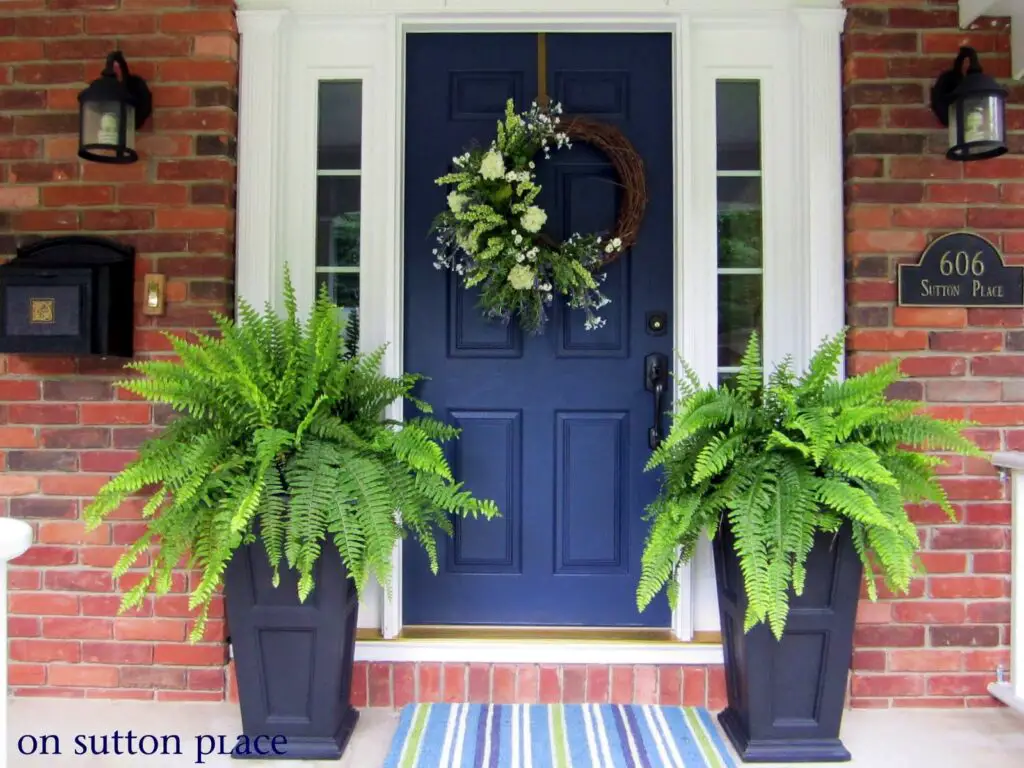
Conclusion
Brick mold is a small yet indispensable feature of an exterior door, serving both practical and aesthetic functions. Its significance lies in its ability to safeguard your home from the elements, enhance energy efficiency, and elevate the visual appeal of your property.
We’ve covered the fundamentals, from understanding the purpose of brick mold to exploring the various types and materials available. We’ve also walked you through the installation process and shared essential maintenance tips to ensure your exterior door and its brick mold frame continue to perform optimally.
By mastering the art of brickmold door , you not only protect your investment in doors and windows but also contribute to the overall beauty and functionality of your home. Armed with this knowledge, you can confidently make informed decisions about your exterior doors, ensuring they stand the test of time while making a lasting impression on your visitors.
So, whether you’re embarking on a home improvement project or simply seeking to understand the anatomy of your exterior door, knowing what brick mold is and how it works is a valuable asset for any homeowner.



